Apple has been granted a patent for technology that could bring displays and controls to the sides of devices like the iPhone or iPad.
Apple's patent might sound similar to the edge-to-edge curved displays found on some Android devices, but it differs in scope and application.
The aptly named Motorola Edge+ is one example of curved-bevel screens in the Android ecosystem. However, the edges of the displays are used to extend content more and less to control various phone functions.
Apple's new patent would instead use displays on the sides of a device to display controls and as user-interface surfaces. Phones or mobile devices using this technology could adapt to the use of the smart device to display status messages and provide additional controls.
For example, an iPhone with this technology could show the name of the currently playing track on the edges and provide controls for volume and track selection. Still, the main function appears to be improving the user experience.
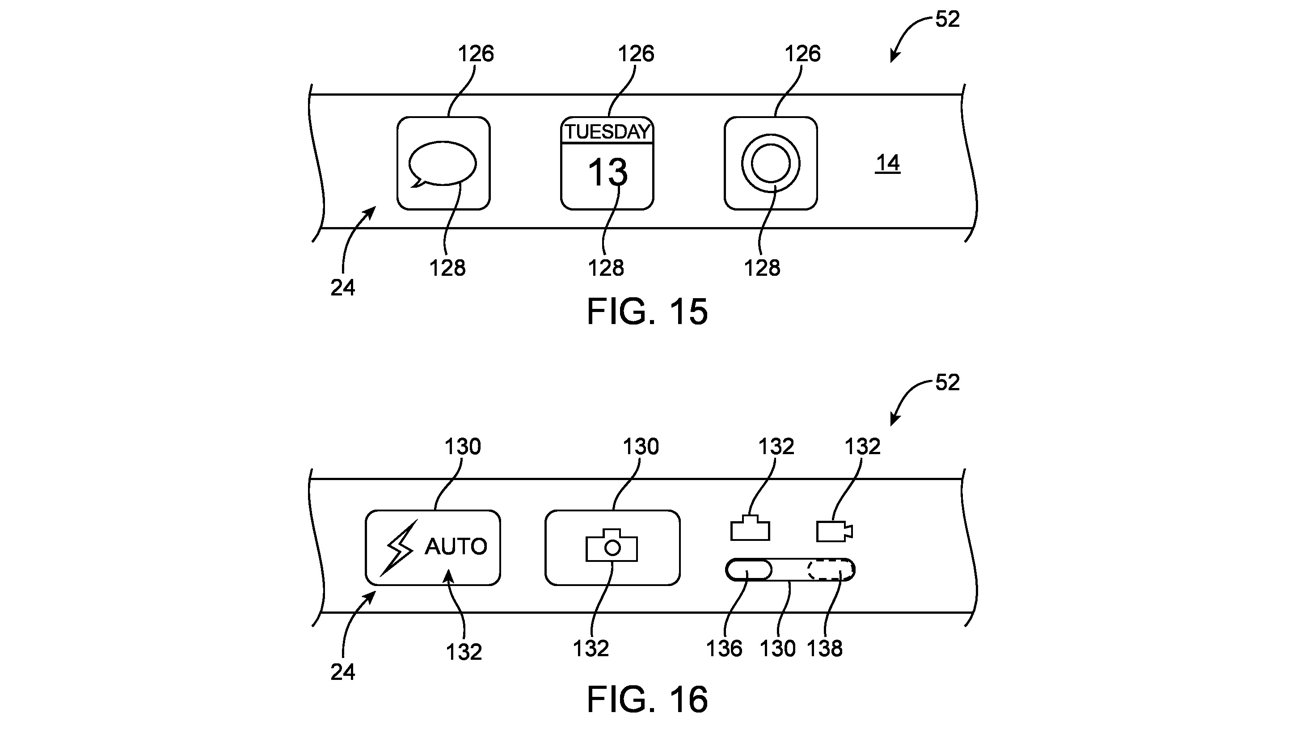 Apple's patent shows the use of the sides of an iPhone or other device to display app icons and to control those apps.
Apple's patent shows the use of the sides of an iPhone or other device to display app icons and to control those apps.Apple's technology would enable iPhone and iPad users to launch apps, scroll through photos, and get immediate feedback. One interesting use shown in Apple's patent shows the names of the currently playing tracks to be displayed on the sides, or potentially any surface of the device, as well as a list of upcoming and previously played tracks. Music selections could be made by sliding or touching the side buttons without navigating the main screen.
Combined with other Apple patents, like this one for embedded cameras in the edges of a device, a new era of mobile devices with cameras and displays on a curved surface would be possible.
The combined technologies could usher in a new era of devices that are more flexible than current devices and have new ways to interact with apps and operating systems.
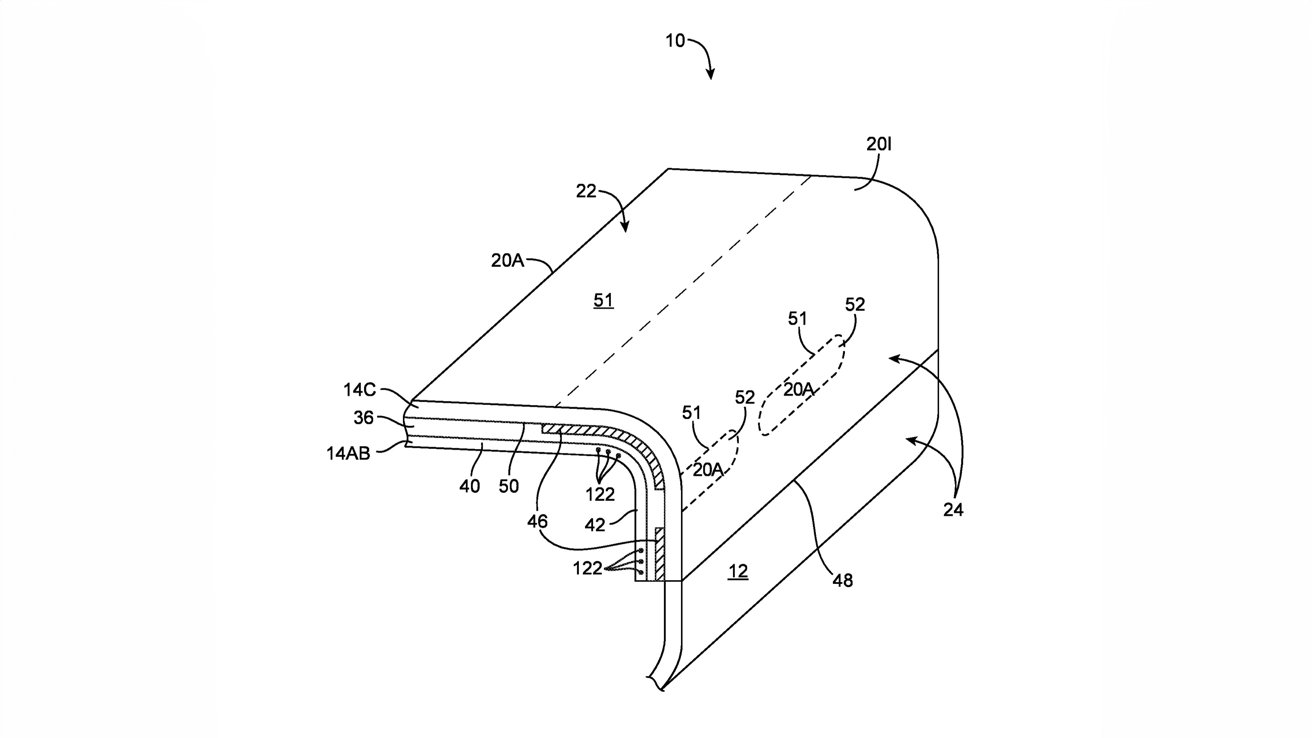 This look at potential displays embedded in a curved bezel shows the new directions iPhone could take design-wise.
This look at potential displays embedded in a curved bezel shows the new directions iPhone could take design-wise.In Apple's patent illustration, volume controls are depicted as icons appearing on the side of the device, which suggests further plans to eliminate the volume and other buttons from the casing. This illustration shows how the company could integrate control and display elements in a curved design.
Unlike simply replacing physical buttons with virtual buttons on the current metal sides of an iPhone, the new technology would allow the sides to be screens that can be reconfigured based on context.
The patent suggests that devices would operate much like the often-derided Touch Bar found on the MacBook Pro lineup before it was removed in favor of traditional function keys. Unlike the Touch Bar, this new design seems better suited to mobile use.
Touch Bar failed largely because it replaced traditional physical buttons with a more cumbersome interface. The context-aware Touch Bar controls were distracting and unpredictable as the controls displayed were left up to the developers, which required studying the display. They lacked good systems for muscle memory to use the buttons effectively.
In a mobile device, additional buttons on the sides of the case could be accessed more quickly and act as shortcuts rather than an extension of the traditional function keys.
The newly patented technology also resembles Dynamic Island's use of the underutilized top of the display for contextual controls and feedback. Touch Bar replaced the space used by physical keys, while Dynamic Island made good use of traditionally dead space on a device.
It's possible to imagine a device that allows users to skip forward and backward through tracks without unlocking the phone. This would also allow developers to build in additional controls for games or video editing.
For example, it would be possible to have movement controls and weapon selection in a first-person shooter on the sides of the display, leaving more room for games on the screen. Puzzle games could use these virtual buttons to enhance the user experience of selecting objects and fitting them in place.
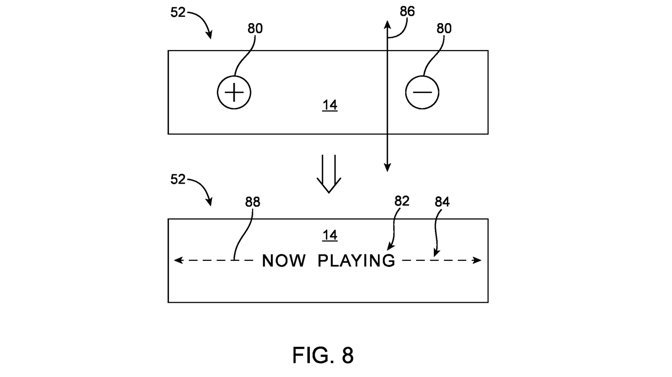 Physical buttons could not only be replaced with virtual ones, but these virtual buttons can change depending on application or uses.
Physical buttons could not only be replaced with virtual ones, but these virtual buttons can change depending on application or uses.Another potential use would be additional ways to unlock a device or allow new gestures to control application functionality. For example, this technology could allow a flick of the finger on the side of the case to scroll through photos or change camera settings without touching the main screen.
As with our original coverage of the patent's application, the granted patent would combine display and control surfaces into the edges of a device.
Apple's new patent shows the technology in various products, including the sides of the devices and smaller displays on the front of a device surrounding the main display.
Some of the technology in the patent appears to have been designed for iPhones in the era before Face ID was introduced. It appears that at the time, it was intended to replace the home button and added a gesture-controlled surface.
The new patent is credited to Scott A. Myers, listed on numerous Apple patents.
 David Schloss
David Schloss

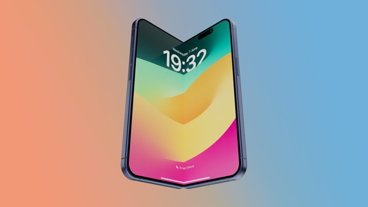
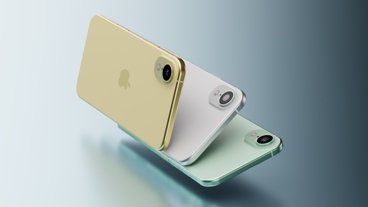




-m.jpg)






 Chip Loder
Chip Loder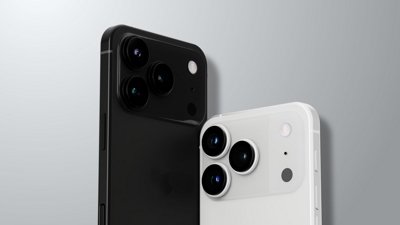
 Wesley Hilliard
Wesley Hilliard
 Amber Neely
Amber Neely
 Marko Zivkovic
Marko Zivkovic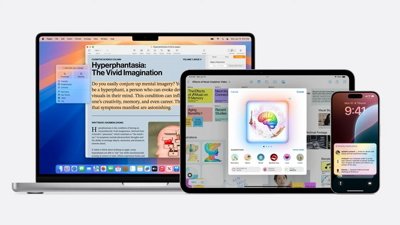
 Malcolm Owen
Malcolm Owen
 Andrew O'Hara
Andrew O'Hara
 Christine McKee
Christine McKee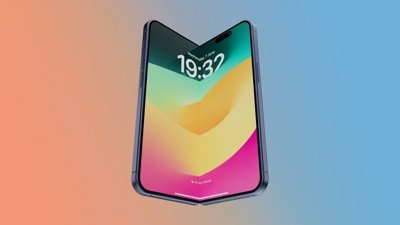
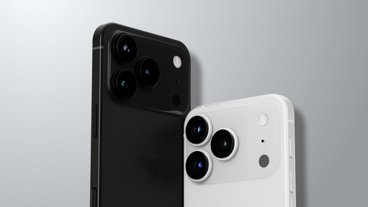
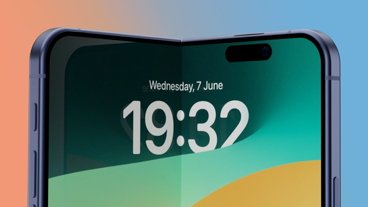







6 Comments
I often pick up my phone and the way I grab it enables the screencapture. There are limits to value of having controls in surfaces that invite inadvertent touching. I also found this to be a problem with touch headphones as well.
Sounds like a horror show in the making.
Yeah, I get screen shots aplenty and find my volume full-on or full-off quite frequently and find myself waking around with a glowing pocket because I accidentally reenable the screen while sliding it back into my pocket. Worse yet, when I pull my iPhone off its MagSafe mount in my car after I've turned off the car, for some reason it leaves the music app front and center on the screen paused and waiting for a screen touch to resume music playing.
So I'm walking around a combination indoor/outdoor shopping area in Charleston, SC listening to what I thought was low volume outdoor background "shopping" music. But unlike the other 99% of the time when I encounter background music, I say to my partner "This is really cool, they are actually playing music I like for a change." Unfortunately, I'm totally oblivious to the fact that I have my own little background music player doing its thing in my pocket. Until of course the next track comes on ... and I realize that there's no way a public venue would ever play songs from the same artist/group, one that I like, in album order no less. Then I recall the that 2 minutes ago I'm in a shop and the vendor is looking puzzled and asking, "Is someone playing music in my shop?" I actually said, "nope, it ain't me."
Recalling this interaction from 2 minutes ago couple with a realization that good music is playing, in album order no less, in public, I check my phone and, yeah, it was me. I felt so stupid. Turned everything off that was turned on accidentally when I slid my phone into my pocket. Soon thereafter the crappy background elevator quality music returns. My music was bluegrass with lovely vocals and fairly long and soothing instrumental-only sections. Of course I conclude during my period of cluelessness that everyone would truly enjoy this type of background music. Background music doesn't have to suck. I suppose If it was Black Sabbath, Husker Du, Dinosaur Jr, etc, I would have been in the "something isn't quite right here" mode and checked my phone sooner.
Fast forward to 2 days ago, riding as a passenger in my car and my partner who's driving asks me, "Do you hear music?" I reply "nope" because it was brief and very soft. In between tracks I suppose or a quiet intro. Then I get out of the car and walk into my house, hang up my jacket, switch shoes, and walk into a quiet space (food pantry) and lo and behold, the very subtle music suddenly returns. Same deal, same pocket, same stupid move, same dumbness brought on by having too easily activated controls on my iPhone. The volume reduction from inadvertently pressing the volume down side button mostly masked the other snafu. I probably should tell my partner that I had another pocket music incident (PMI) but I decided to keep it to myself for now and avoid having to use a murse, or god forbid, a phone holster.
Just say no to any more side buttons or controls, and get rid of the practice of leaving the music player controls up in a zombie state without the music app running.
Igalaxyedge?
theres a reason Samsung doesn’t make it anymore.